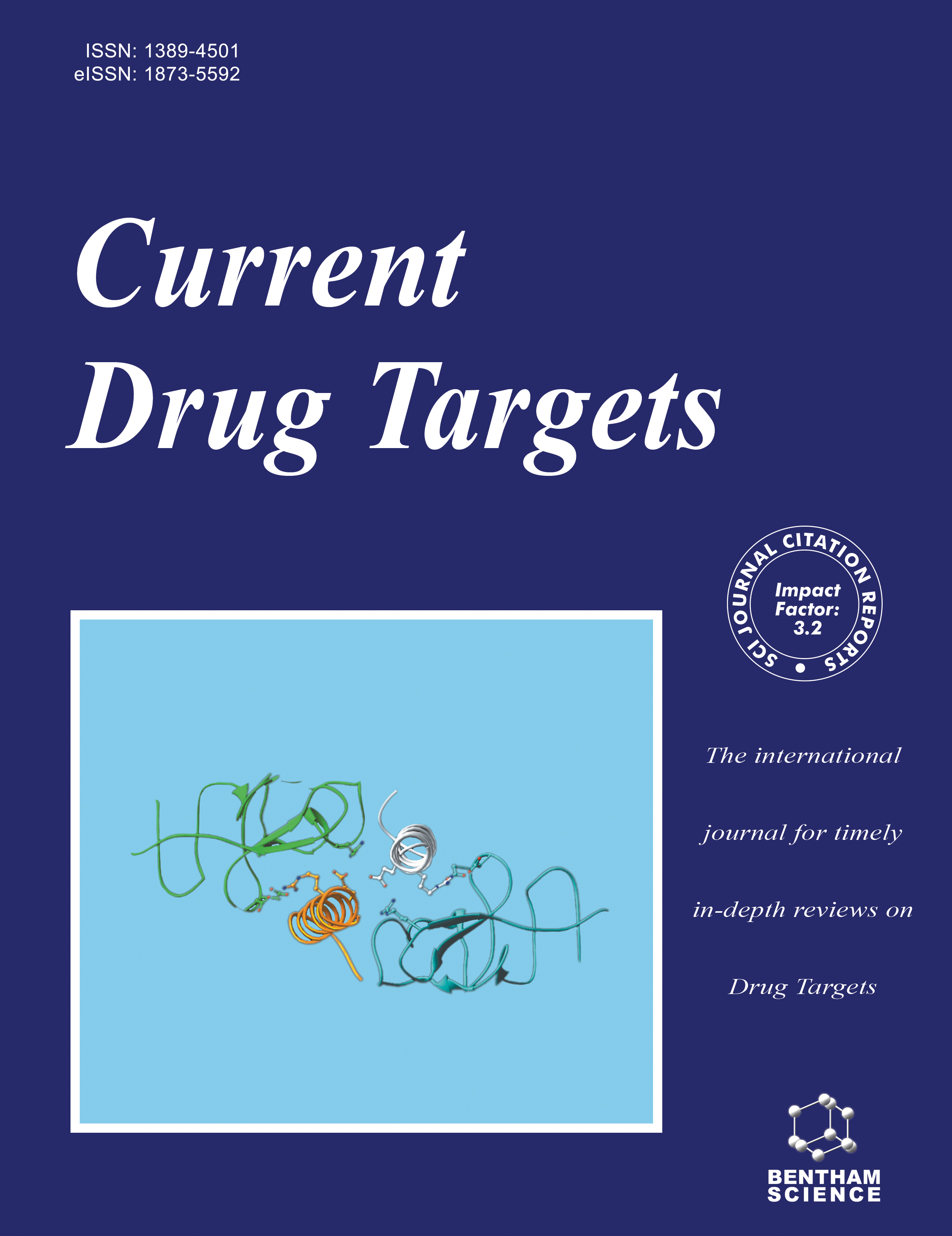
Full text loading...
Heterocyclic molecules, a mainstay of contemporary medicinal chemistry, are essential in developing antibacterial and anticancer treatments. Their distinct structural features-one or more heteroatoms within the ring-allow for a wide range of biological activities. With a focus on their modes of action and insights into the structure-activity relationship (SAR), this study examines the therapeutic uses of heterocyclic compounds in antibacterial, antifungal, antiviral, and anticancer treatments.
The review uses search engines like PubMed and Google Scholar, with a preference for English as the major language, to gather and analyse recent research on the antibacterial and anticancer applications of diverse heterocyclic compounds.
It has been discovered that heterocyclic chemicals are useful in blocking microbial enzymes, including DNA gyrase and the machinery involved in protein synthesis. Heterocyclic compounds such as benzimidazoles, quinolines, and acridines have demonstrated noteworthy efficacy in cancer therapy through their targeting of tubulin inhibition, DNA intercalation, and signalling pathways like PI3K/Akt/mTOR and MAPK. The pharmacological characteristics of these compounds were improved by the addition of electron-withdrawing groups, halogenation, and heteroatom replacements, according to SAR investigations.
Heterocyclic compounds have great promise for antibacterial and anticancer treatments. They are crucial in drug development because of their structural flexibility, which enables the targeted suppression of vital biological processes. The effectiveness of heterocyclic compounds will continue to be improved by ongoing advancements in drug design and SAR optimization, opening new possibilities for the creation of more potent and selective medicinal treatments.

Article metrics loading...

Full text loading...
References


Data & Media loading...

